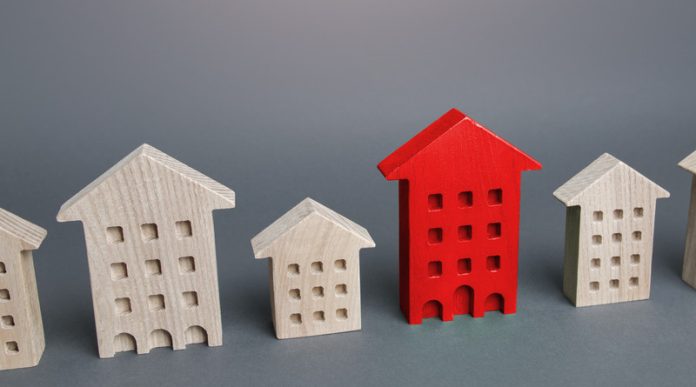Six home problems that require an immediate response
The dreaded middle of the night emergency call as you reach for your phone bleary eyed. These types of calls can range from an outlet in the kitchen not working to a water leak. It’s like the kids’ game—which one of these things is not like the other—one is a real emergency, and the other is not. As a builder, this is another layer of the process you must plan for, deal with and manage. If you manage warranty in house, then you or your staff is part of the midnight calling madness. As Mr. T might say, “I pity the fool” who must take those calls. In our world of third-party warranty management, we have a definitive list of emergencies that qualify to dispatch a subcontractor at any time. Here is the list:
- Total electrical outage
- Electrical sparks
- Total loss of heat
- Gas leak
- Water leak requiring the main water shut-off to be turned off
- Non-operable exterior passage door or lock
Now let me clarify a few things. All calls that come in are emergencies whether they are on the above list or not. So on Thanksgiving, when the outlets in the kitchen are out, this is clearly an emergency for the caller who forgot how to reset or even remember what a GFCI is. You will also notice that air conditioning is not on the list, even though everyone feels that a little discomfort is an emergency for them. In some cases maybe your subcontractors will go fix an air conditioning outage on the Fourth of July, but in our experience, most will not even answer their phones.
Related: The Insurance Risk of Not Embracing Technology
Most emergencies in my opinion come down to educating the homeowners on what is normal. Here is a prime example:
Wintertime, below-zero temperature. Homeowner calls with a water leak coming from the bathroom fan.
Conversation goes like this: “Did you just use the shower in that bathroom?”
“Why, yes, we did.”
“Ok, that leak is normal because the hot humid air from the shower is condensating on the cold vent duct for the fan because of the unseasonable cold temperature and the vent is cold because the attic is an unconditioned space.”
“Umm, ok, so when will someone be here to fix it?”
“What is happening is physics; there is not a problem or a defect. It will go away when it warms up outside.”
This conversation goes on for some time with the hope—fingers crossed here—that the homeowner has some understanding that this is normal.
Related: Proactive Loss Prevention
Another scenario is in the summer when the filler on hardwood floors pops out. Again, a physics thing: higher temperature and humidity (yes, this actually happens in Colorado) causes the wood floor to expand slightly, and any filler used has no place to go but out. As long as the gaps in the hardwood without the filler are less than 1/8 of an inch, it falls within the standard established by the NAHB and is not an issue—and certainly not an emergency.
Enjoy the emergency season(s) and make sure your phone is charging when you go to bed.








